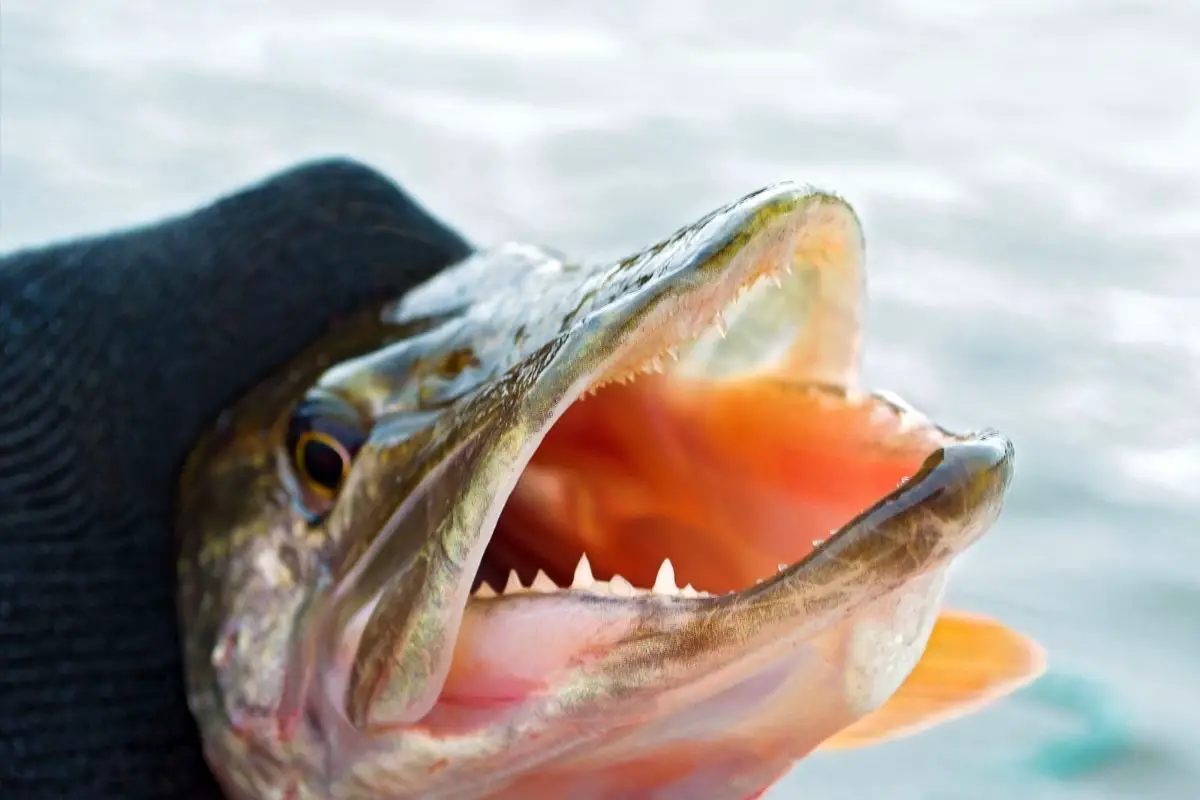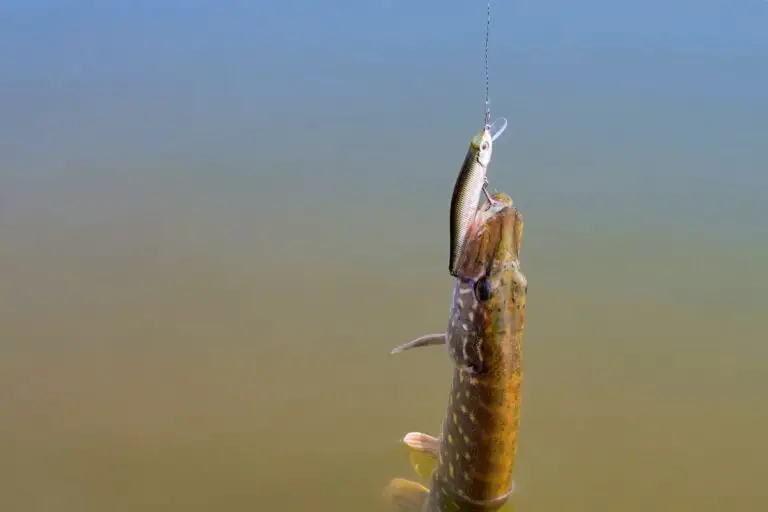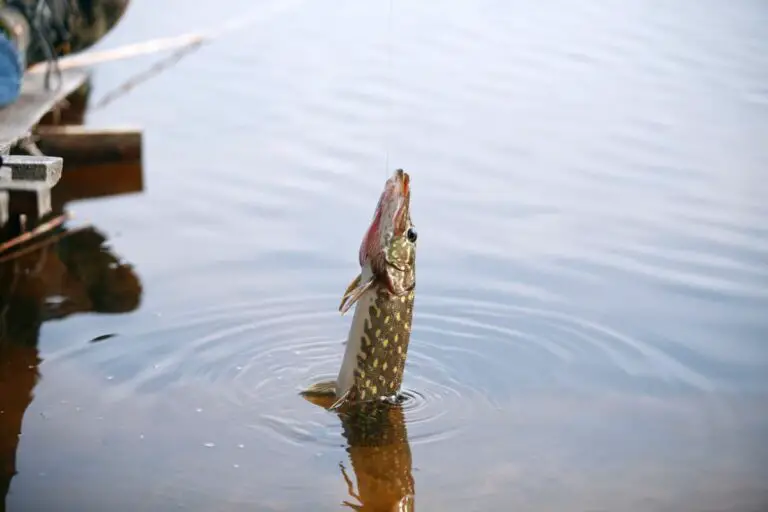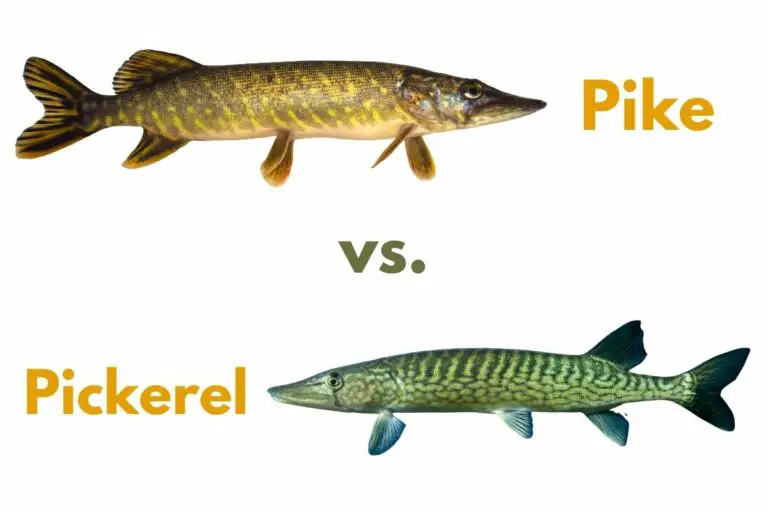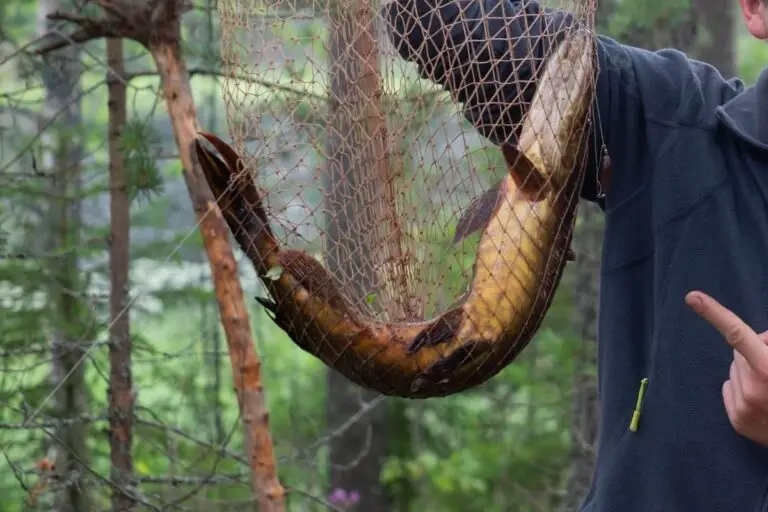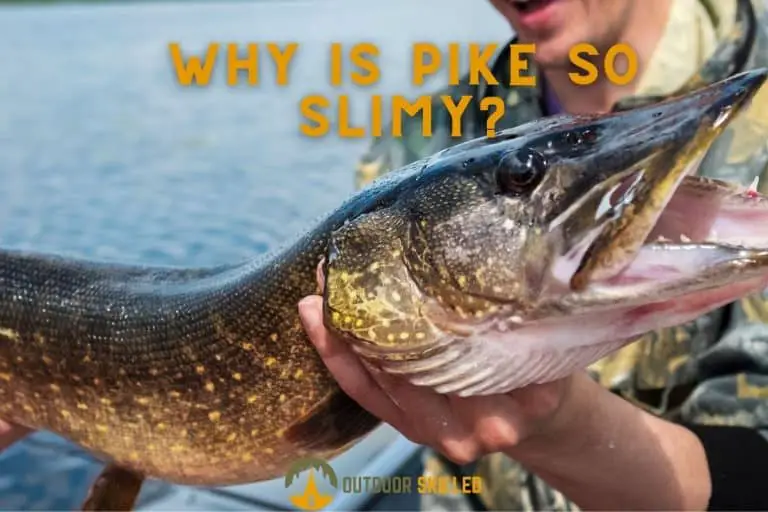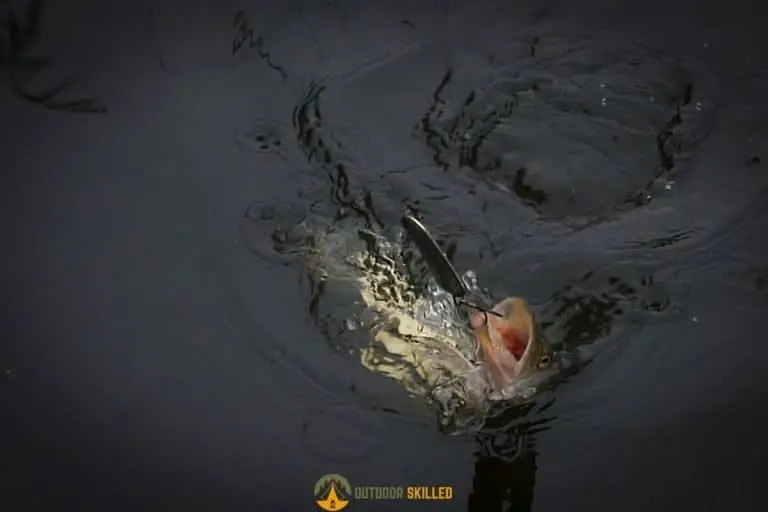Do Northern Pike Lose Their Teeth? Explained + Video
Northern pikes are often referred to as water wolves because they have multiple rows of extremely sharp teeth that they use to rip into their prey.
There are claims among some anglers that northern pikes lose all or most of their teeth during winter or fall, however, other anglers believe this to be only a myth.
So, do northern pike lose their teeth? Northern pike might occasionally lose some of their teeth due to an injury when biting hard on their prey. They could also lose some teeth due to an infection. However, all of the teeth they lose will eventually grow back. There is no scientific proof that pikes shed their teeth during the winter.
Keep reading to learn more about pike teeth and why they might lose them.
Table of Contents
What You Need to Know About Northern Pike Teeth

Northern pikes have multiple rows of needle-like teeth. The main row of teeth runs along their upper and lower jawline. They also have multiple rows of teeth on the roof of their mouth.
Their teeth are somewhat angler inwards to effectively tear into their prey and prevent them from escaping.
On average, pikes can have from 300 to 700 teeth in their mouth and the size of these teeth can vary. Their teeth can be around 0.2-0.4 inches long and few might even grow up to be 1-inch long.
This content was written by Outdoorskilled.com and is protected under copyright laws, sites copying this content will be pursued legally
Why Do Pike Lose Their Teeth?
It is a common belief that northern pike shed their teeth during a certain time frame, usually around winter or fall. This belief mainly stems from the low chances of catching pike during this period. However, scientists couldn’t find any evidence to confirm this to be true.
Northern pikes do often lose their teeth but it’s not limited to a certain period of time. They might lose or break some teeth if there’s an injury during an attack. They might also lose some teeth if they have a case of gum infection. Fortunately, all the teeth they lose will eventually be replaced with new ones.
Can Pike’s Teeth Hurt Humans?
If a pike does bite and clamp down on your hand while you unhook them, the bite can be quite painful but not necessarily lethal.
The shape of their mouth and the way their teeth are angled inwards will prevent them from completely biting off your hand or even a finger, however, their teeth are still sharp enough to break your skin and might cause some significant damage when you try to pull your hand out.
That’s why it’s very important to be prepared with some protective gear when handling pike fish and also learn how to safely remove the hooks from their mouth. It’s also best to have a well-stocked first-aid kit with you at all times.
How to Safely Handle and Unhook Pike Fish?
It’s best not to handle or unhook a pike using your bare hands. You need to wear long sleeves as well as thick protective gloves. You can also use a lip grip tool that will allow you to lift the pike by the lip so you can handle the fish, remove the hook and release it back into the water without even putting your hands directly on the fish.
Here are the steps you need to follow to safely handle and unhook pike without causing any harm to yourself or the fish:
- When handling the pike, make sure to apply equal pressure on all parts of its body. Use your entire hand when you lift the fish out of the water and try to keep your hold on the fish firm so it won’t squirm out of your grip.
- You need to hold the pike in a vertical position with its mouth facing the sky and its tail pointing toward the ground. This will help reduce the pressure on the fish’s jaw from the weight of its body.
- If the pike is too heavy to hold with just one hand, you can use a lip grip tool or lay the fish on the ground then prop its head up by picking it up by its gills.
- Before removing the hook, open the pike’s jaws carefully using a jaw spreader.
- Use fishing pliers with your free hand to grip the eye of the hook that’s on the lip of the pike.
- Once you get a good grip on the eye of the hook with the pliers, roll the hook’s eye towards the hook’s point. As the hook starts to yank the pike’s lip, twist the hook’s point and pull it out.
- When you’re releasing the pike back into the water, you need to lower it as close to the water surface as possible then slowly loosen your hold on its body. Try to avoid tossing the fish too quickly into the water and let it move on its own underneath the surface.
Here is a simple video showing how to do it more visually:
Related Questions
Do You Need a Leader When Fishing for Pike?
You do need a leader when fishing for pike. That is because pikes have extremely sharp teeth that can bite through braided or monofilament lines. Using a leader will reduce the risks of damaging your mainline and losing your catch. It’s recommended to attach a fluorocarbon leader with a 15-30-pound test or heavier.
What to Do If You Get Injured from Pike’s Teeth?
If you get injured from Pike’s teeth you need to rinse the wound with fresh water, apply antiseptic then dress the wound to prevent any infection. If there’s some bleeding, you need to apply pressure on the wound using clean bandages until the bleeding stops before rinsing the wound with water.
Helpful Resources
When do Pike Shed their Teeth?
Get Started with Pike Fishing
- Learn what are the best pike baits here
- Check out the best braided fishing lines for pike here
- Start getting results with these budget baitcasting reels
- learn how to fish for pike in the winter in my guide to cold weather pike fishing here.
If you like this article, please share it or pin it, you can find the share buttons below. We will really appreciate it ❤️

